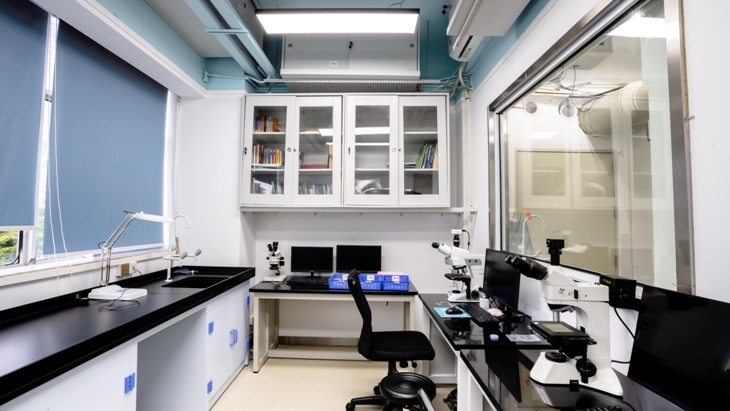
Authenticity Inspection (AIV)
It is a test to inspect and verify the electronic components conditions to check whether they are consistent with the original manufacturers’ specification or meet the requirements of end-user.
Direct Current Characteristics testing (DCCT)
This test, also known as static parameters measuring test, is performed to measure the DC parameters of the components through a dedicated IC tester. It’s a comparative analysis of components’ parameters with the original datasheet.
Key Functional Testing (KFT)
Key Functional testing verifies correct operation of the various logical functions of the device. It is a dynamic test method, also known as primary function testing or overall function testing. It refers to a variety of logic or signal state tests necessary to verify the correct operation of various logic functions of the device under specific operating conditions (i.e., normal use environment of the device, usually room temperature), without regard to the limit parameters of the device (e.g., maximum/minimum parameters), the normal operation of the device, based on the original manufacturer's specifications, application notes or customer application site, and industry standards or specifications, and also attempts to screen out devices containing edge defects in the device. The device actively performs the logic functions. Input data is provided to the DUT and output data is compared to the expected results.
Full Functional Characteristics Testing (FFCT)
Full function test refers to the test of all functions of the device according to the original specification, application note or customer application site, including the test of DC characteristic parameters, but excluding the verification analysis of AC parameter characteristics and some limit parameters that can not be tested in batches.
Alternating Current Characteristics testing (ACCT)
Overview: Referred to as AC parameter test, which is to analyze AC parameters according to the design requirements of the device. For example, verification of the signal transmission characteristics of the device, edge characteristics (i.e. Set-Up Time, Hold-On Time, etc.), or the use of tools such as Shmoo Plote to analyse the characteristic graphs when one variable varies with another, etc.
Reliability Testing
High temperature, low temperature life aging, constant temperature and humidity, high accelerated temperature and humidity, temperature circulation, temperature shock, preconditioning, C-SAM, drop test, solderability, soldering resistance, ESD, etc.
Failure Analysis
Electrostatic and latch failure analysis, electrical surge failure analysis, mechanical stress failure analysis, structural defect failure analysis, thermal stress failure analysis, material defect failure analysis, manufacturing process defect failure analysis, complete machine design defect failure analysis, pollution corrosion failure analysis, and component inherent mechanism failure analysis.
|